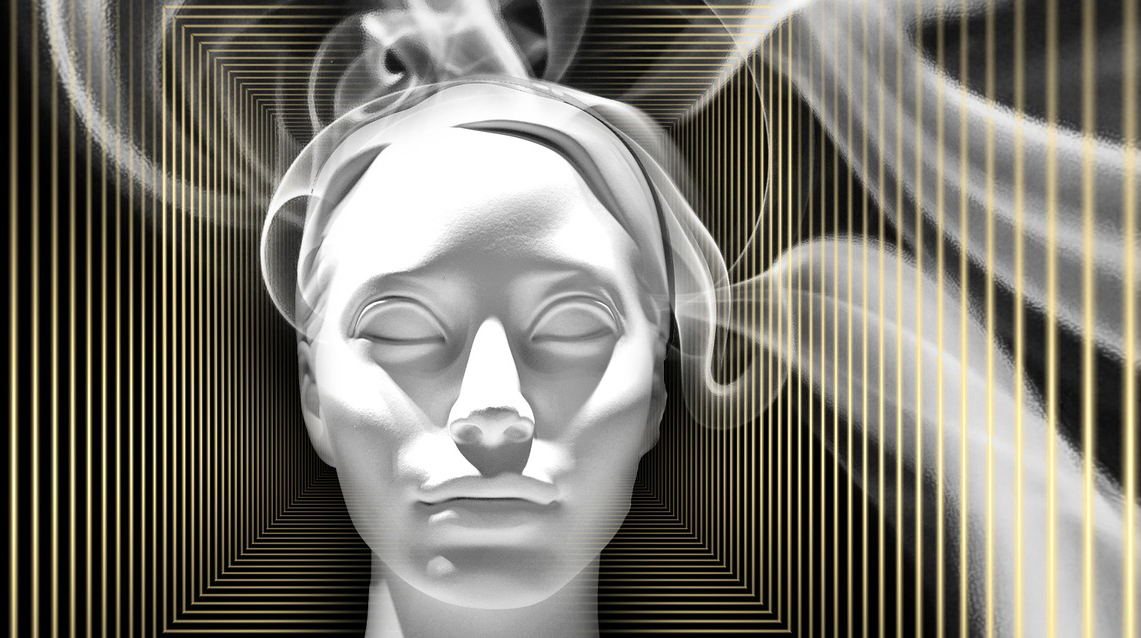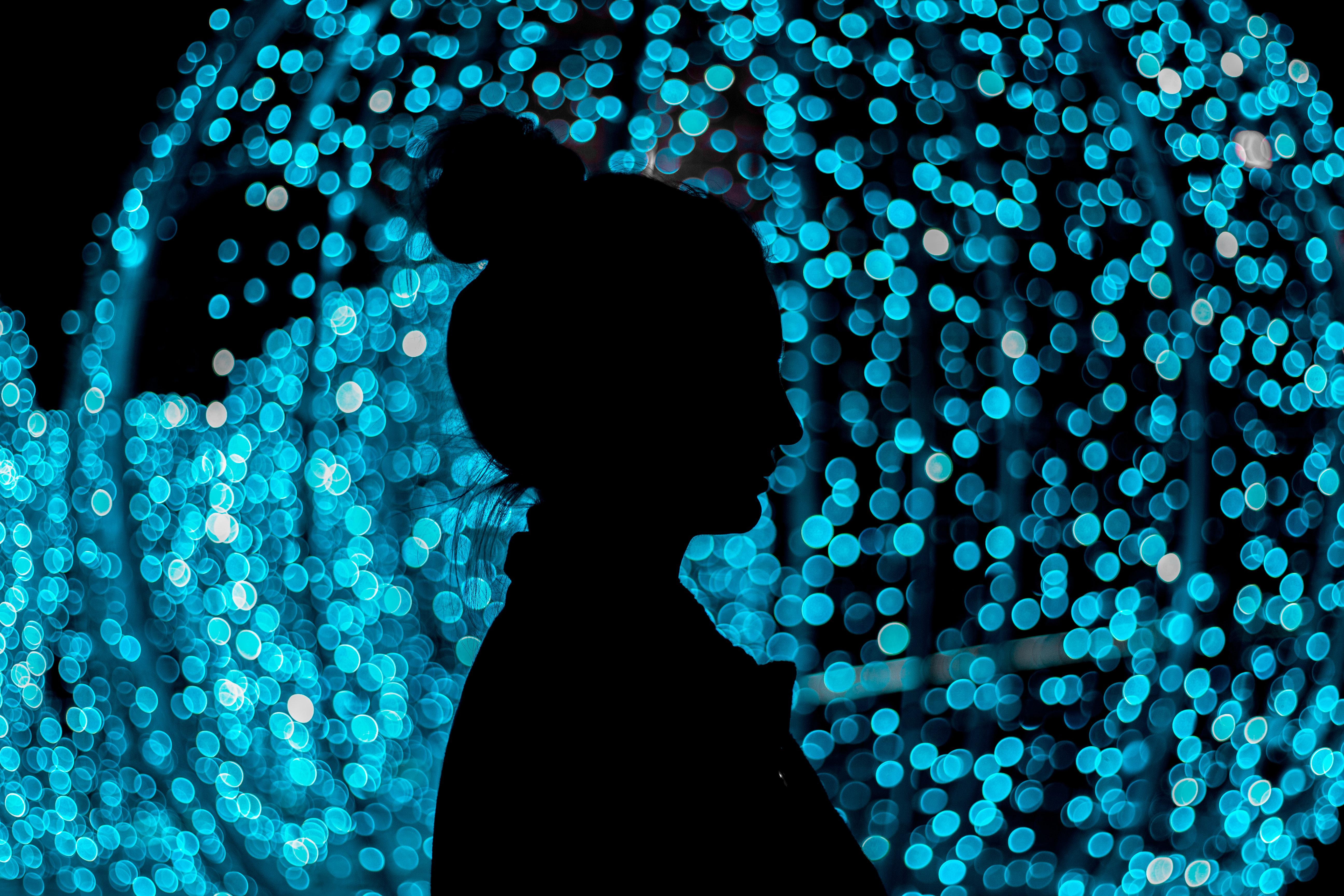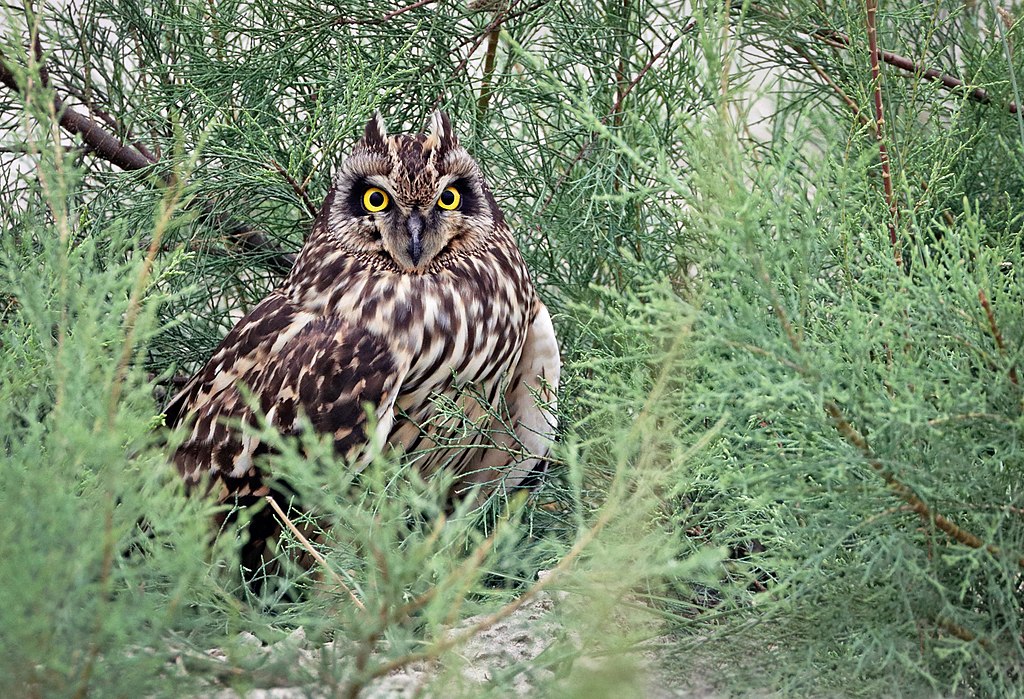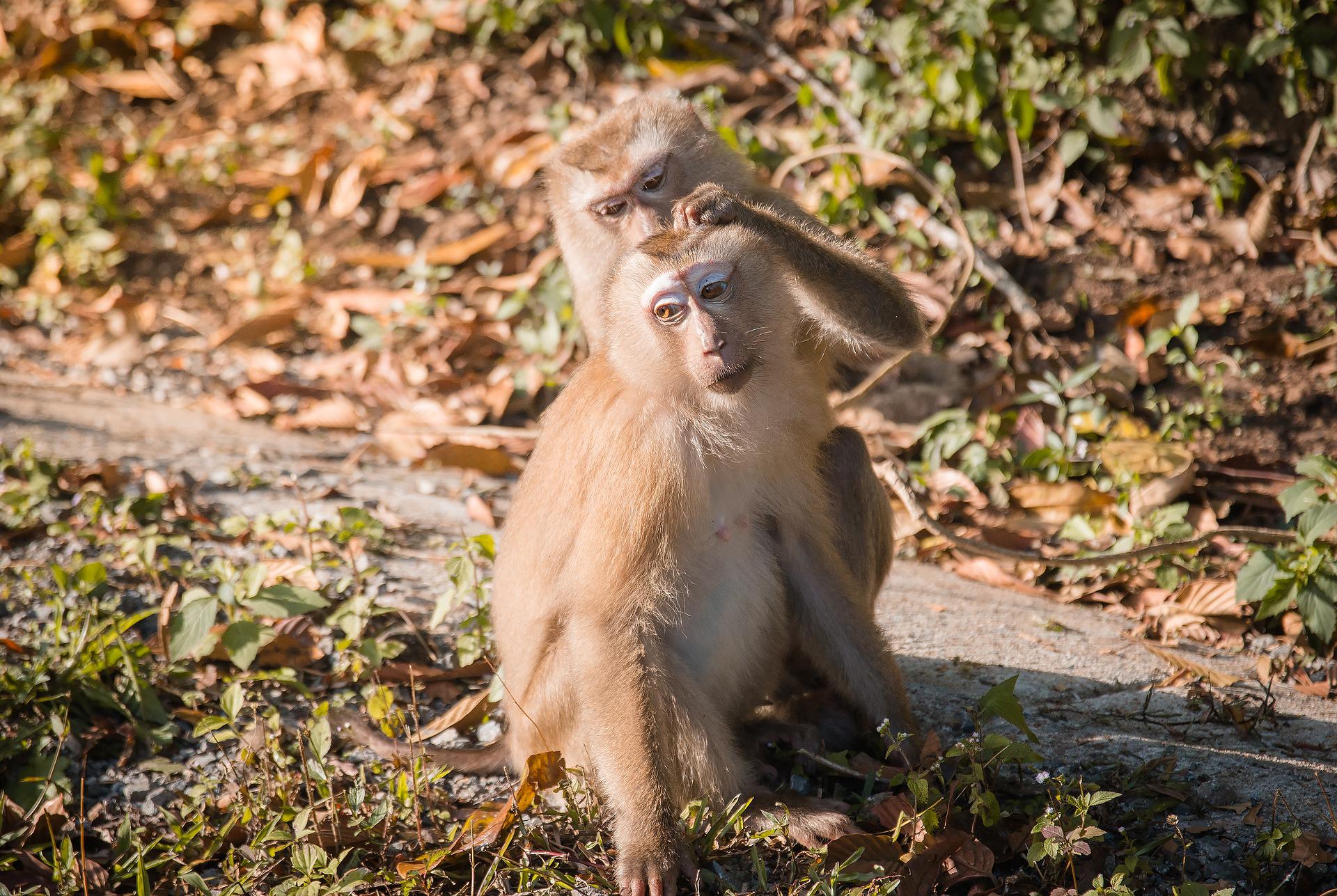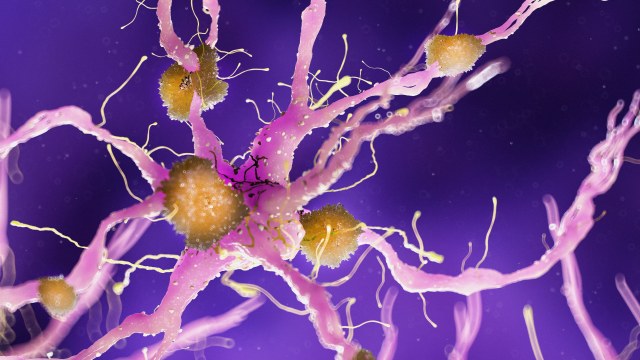Fruit flies have bodily awareness. Does that mean they also possess consciousness?
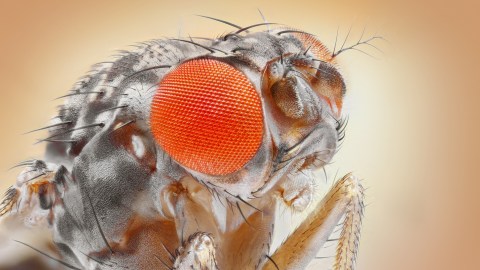
- In Body Am I: The New Science of Self-Consciousness, neurobiologist and science writer Mo Costandi explores the relationship between bodily awareness and self-consciousness.
- From insects to hermit carbs, some of the world’s simplest animals seem to possess a keen sense of bodily awareness.
- These discoveries raise interesting new questions about what it means to be conscious, and which animals experience the phenomenon.
The new science of self-consciousness certainly will allow humans to merge with machines in increasingly sophisticated ways. It is, for example, already driving the development of next-generation artificial limbs that can integrate into the user’s body image, and of fully immersive virtual reality interfaces that transfer sensations to the user, among other things. At least for the more levelheaded practitioners of this science, however, it is highly unlikely that mind uploading will ever be anything more than a fantasy. Eventually, it probably will be possible to upload the neural architecture of the mind to a supercomputer—but whether the upload can reconstitute an individual’s consciousness is another matter altogether. Crucially, the uploaded “mind” would lack a body and therefore would be unable perceive the world, act upon it, or gain self-awareness. For this same reason, it is highly unlikely that lab-grown “minibrains” could ever become conscious either.
On the other hand, this new understanding of self-consciousness is forcing us to redefine what it means to be conscious, and which organisms possess consciousness. For untold ages, religious thinkers, philosophers, and naturalists alike placed humans at the pinnacle of life on Earth and denied other animals the possibility of consciousness. In recent years, however, this view has begun to change in light of growing evidence that cognitive capabilities once thought to be unique to humans are in fact present in an ever-wider variety of other animals. For example, scrub jays store food in various locations as winter approaches, but their food stores can be pilfered by other jays. They have a strategy to prevent this, however: when one jay sees that another is watching it cache its food, it waits until the potential thief has left and then recaches the food in a different location. Scrub jays can also plan for the future: in the lab, they preferentially store food in locations where they have learned they will be hungry the following morning. Similarly, on the Southwest Pacific island of New Caledonia, the native crows can keep in mind the function and location of three different tools, then use them to perform complex sequences of actions by planning several moves ahead. Dolphins, whales, elephants, and various species of monkeys can recognize themselves in a mirror—a yardstick for self-awareness—and the list of animal species that can pass this mirror-self-recognition test continues to grow.
Furthermore, other kinds of animals are also aware of their bodies, at least to some extent. The hermit crab has a soft abdomen and inhabits empty seashells, which protect its fragile exoskeleton. As it increases in size, it outgrows and regularly abandons its shell for another, slightly larger one. But a hermit crab never moves into a shell that is too large for its body. Instead, when it finds an oversized shell, it waits nearby for other hermit crabs to see it. Soon enough, a group of them forms a queue around the empty shell, and when one of them determines it’s the right size and occupies it, another hermit crab, perhaps the first waiting one, abandons its shell for the new occupant’s old shell—provided, of course, the old shell is the right size. Before long, shell swapping is taking place en masse, with each hermit crab finding the best-fitting new home. The hermit crab favors the shells of sea snails because its abdomen is adapted to latch onto the insides of such shells. Competition can be fierce, however, and the crabs have been known to use another mollusk shell, or even a tin can, as an alternative when a sea snail shell is not available.
Thus the hermit crab has a strong sense of the size and shape of its body and accurately perceives changes in its bodily dimensions in order to find a new shell of the appropriate size. Hermit crabs can adapt to bodily changes in other ways. Some species of hermit crab attach large sea anemones to one side of their sea snail shell to counterbalance the shell’s coiled spiral and smaller anemones near the shell’s opening to protect against octopus attacks. In one set of experiments, researchers placed twelve terrestrial hermit crabs into a corridor with alternating left and right corners. When the crabs negotiated a tight corner, they rotated their body to avoid coming into contact with the wall, and when the researchers attached a plastic plate to their shell, the crabs increased the angle of their body rotation, as if they had assimilated the plastic plate into their body. It is thus tempting to conclude that the terrestrial hermit crab has conscious awareness of a dynamically updated body image; at the very least, we can say that it must possess some kind of bodily self-consciousness.
Insects also appear to possess bodily awareness to some extent. Bumblebees, for example, vary widely in size, live in nests that sometimes contain hundreds of individuals, and often negotiate dense, cluttered vegetation while foraging for food. In 2020, researchers in Germany trained bumblebees, whose wingspan is much wider than their body is long, to fly through a tunnel with walls containing gaps of different sizes, and found that they could fly smoothly through those which were much narrower than their wingspan. As they approached each gap, the bees performed small side-to-side maneuvers to scan the size of the opening, then rotated their body to reduce their frontal width and avoid collision. The smaller the gap, the longer the bees spent assessing its size; at the narrowest gaps, they reoriented their in-flight posture by 90 degrees and flew through sideways.
Even fruit flies (Drosophila melanogaster), which are just 3 millimeters long with a pinhead-sized brain containing just 100,000 neurons, have a basic sense of bodily awareness. They learn their body size through “motion parallax”—the apparent velocity of stationary objects relative to the observer’s movement, by which closer objects appear to move faster. In their 2019 study, researchers identified a small group of D. melanogaster brain cells that encode a long-term memory of body size and showed that interfering with these cells erases the memory.
If bodily awareness is fundamental to self-consciousness, then it follows that hermit crabs, bumblebees, and fruit flies must possess at least some degree of consciousness. Bodily awareness can also be programmed into machines. In 2006, engineers at Cornell University described a four-legged “Starfish” robot, with a built-in body plan that automatically updates itself. If one of its legs is damaged, or removed altogether, the machine detects the change and compensates for the damage by adjusting its gait. Newer iterations have machine learning algorithms that allow them to model themselves without any prior knowledge of their own shape or the laws of physics. These self-modeling capabilities closely resemble bodily awareness. Do they constitute self-consciousness?
Consciousness is the biggest scientific mystery of all. The past 20 years have been marked by major progress in our understanding of bodily awareness, and this has changed the way we think about the nature of consciousness. But scientific discovery always raises more questions than it answers, and, despite these remarkable advances, we are still a very long way from understanding consciousness or solving the puzzle of the self. We may never fully understand our selves, but our knowledge and technology will surely continue to move forward and enable us to repair our damaged bodies and to modify and improve our selves in ever more sophisticated ways.
